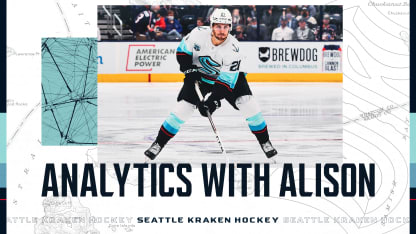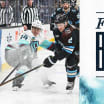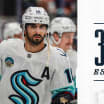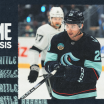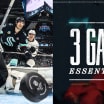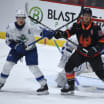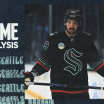Earlier this season, we asked Alexander Wennberg if passing was undervalued as part of the game of hockey. "Every goal needs someone to set it up," he demurred with a smile, but he's also not wrong. So many shots (including those that become goals) are preceded by a pass, but while we talk about shot location and the danger involved there, we often don't talk about the danger of a pass. Are different types of passes more likely to lead to goals than others?
Let's dig in.
Analytics with Alison: Dangerous Passes
Are different types of passes more likely to lead to goals than others?
